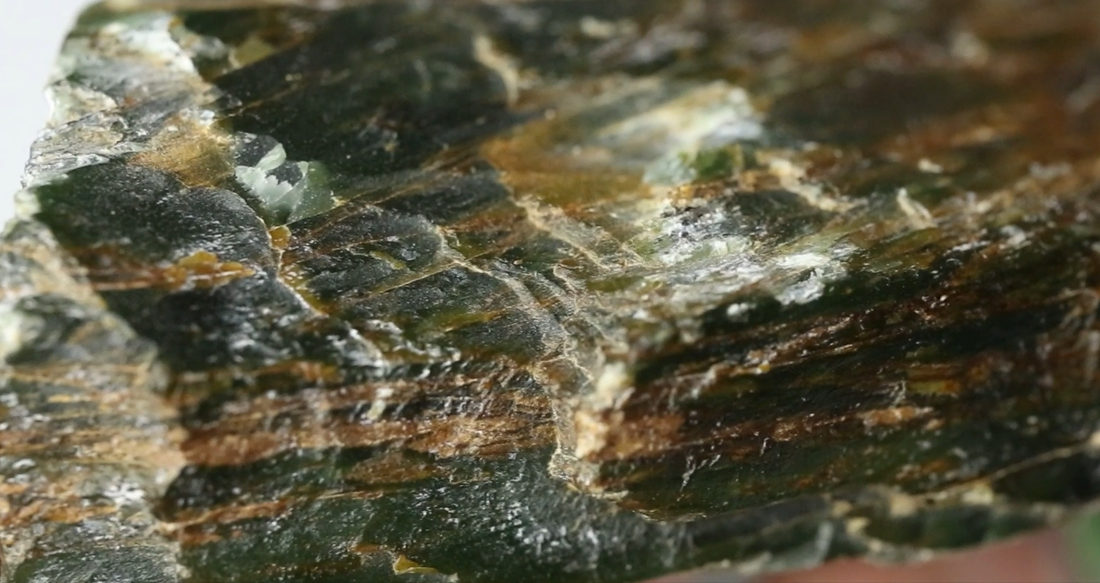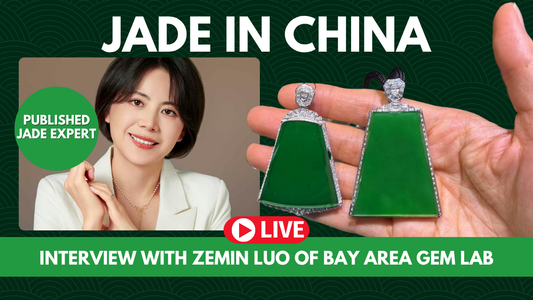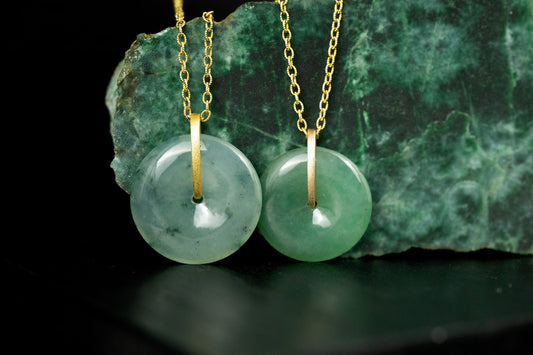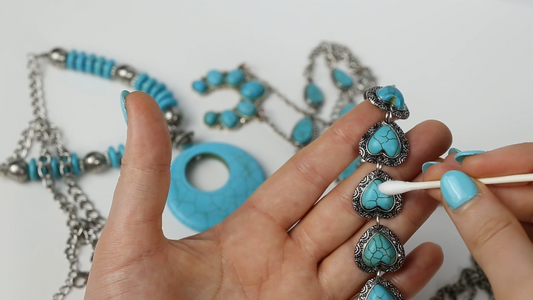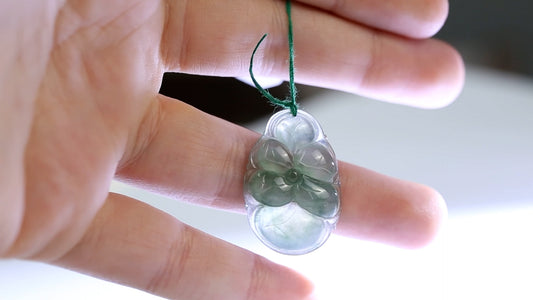Gemologically speaking, in the US, only two gemstones are considered "jade:" nephrite jade and jadeite jade (fei cui; which includes omphacite jade and kosmochlor jade.) While both are classified as jade, they have different physical properties that can help distinguish them from each other. One of the most telling physical characteristics is their fracture type.

Jadeite jade has a granular structure, which means that when it's fractured, it looks very granular. When jadeite jade is fractured, it will have a rough, granular surface that looks like it's made up of tiny grains.

On the other hand, nephrite jade is fibrous and breaks off in sheets. This is because nephrite jade is made up of tightly packed fibers that give it a strong and durable structure. When nephrite jade is fractured, it will have a smooth, fibrous surface that looks like it's made up of long, thin fibers.

Identifying the granular structure in jadeite and fibrous structure in nephrite can be a helpful identification tool, but it is not definitive. Other minerals, such as quartz, can look granular sometimes depending on the fracture. However, quartz and some other gemstones can have conchoidal fracture, which means they break off in smooth, curved surfaces. Neither jadeite jade nor nephrite jade will ever have conchoidal fracture.

So if the gem you're examining has a conchoidal fracture (think curved, like a shell), then it is definitely not jade.
While examining the fracture type can be useful in identifying jade, it's not the only factor to consider. It's important to note that testing jade requires specialized equipment and expertise, so it's best to have it evaluated by a professional gemologist.

